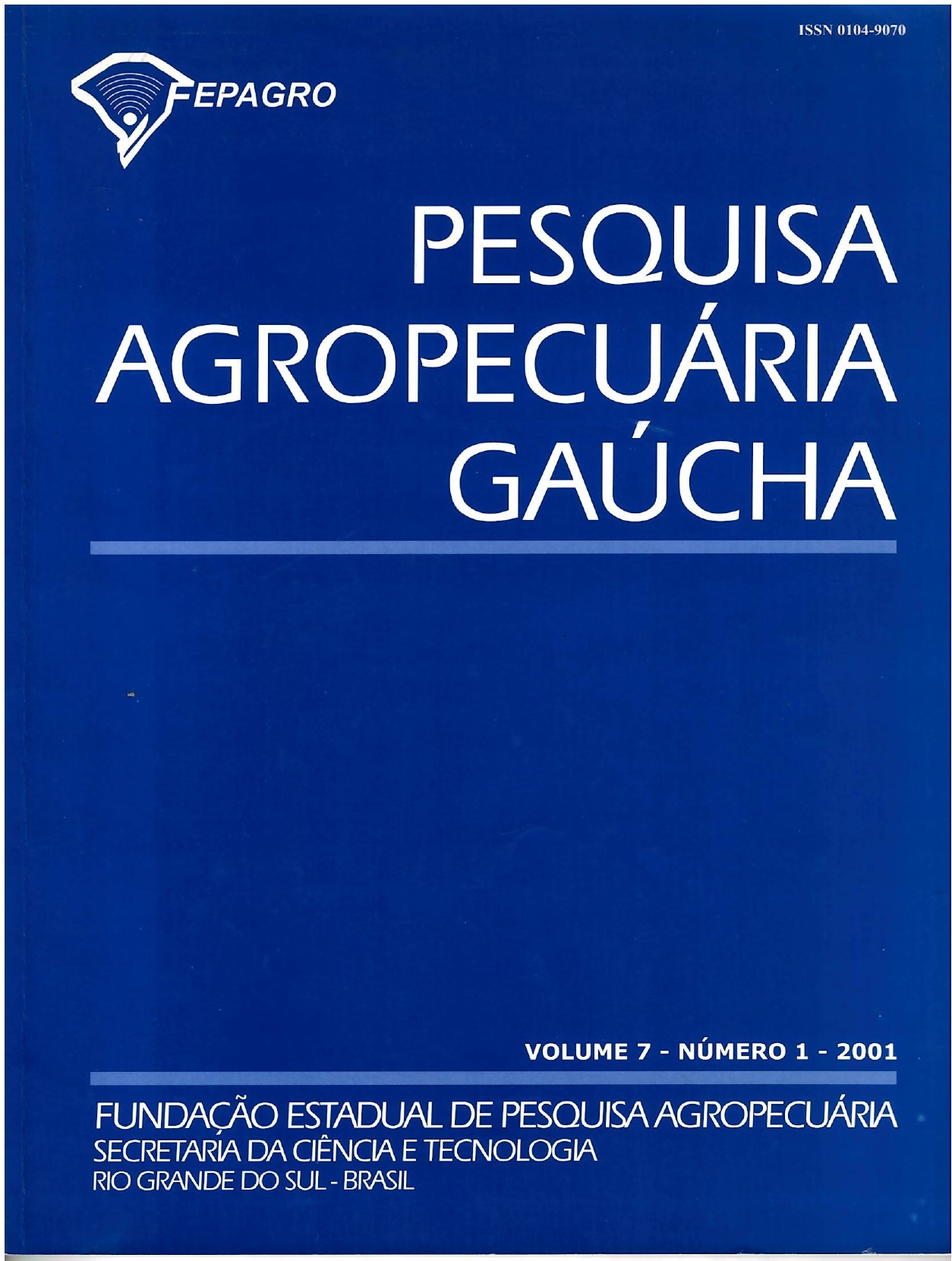YIELD OF CORN AND SORGHUM IN CROP ROTATION SYSTEMS
Abstract
The importance of this research work results from the fact that relatively few studies on crop rotation systems involving com crop are avalilable. In a trial conducted from 1987/88 to 1995/96, in Passo Fundo, RS, Brazil, the yields of com and sorghum grown in different crop rotation systems were studied. The following systems were evaluated: system I (wheat/soybean or wheat/soybean and common vetch/com or sorghum); system II (wheat/soybean, black oats or white oats/soybean, and common vetch/com or sorghum); system III (wheat/soybean, white oats/soybean, flax/soybean, and common vetch/com or wheat/soybean, sunflower or black oats/soybean, white oats/soybean, and common vetch/com or sorghum); system IV (wheat/ soybean, wheat/soybean, black oats or white oats/soybean, and common vetch/com or sorghum); and system V (wheat/soybean, wheat/soybean, white oats/soybean, flax/soybean, and common vetch/corn or wheat/ soybean, wheat/soybean, sunflower or black oats/soybean, white oats/soybean, and common vetch/corn or sorghum). An experimental design of randomized blocks with three replications and plots measuring 30 m 2 was used. The means obtained from 1987/88 to 1989/90 for systems III (7,547 kg ha') and V (7,739 kg ha -') showed higher yields of com, as compared to systems II (6,923 kg ha') and IV (6,890 kg ha'). The means from 1991/92 to 1992/93 and from 1994/95 to 1995/96 showed no significant differences between com and sorghum yields in the systems under study. Com and sorghum may be grown in crop rotation with common vetch, wheat, soybean, and white oats without negative impact on grain yield.
Downloads
The authors declare that the work has not been previously published, nor sent simultaneously for publication in another journal and that they agree with the submission, content and transfer of the publication rights of the article in question to the scientific journal Pesquisa Agropecuária Gaúcha - PAG. The authors assume full responsibility for the originality of the article, and may incur on them any charges arising from claims by third parties in relation to the authorship of the article. The full reproduction of the journal's articles in other free-to-use electronic media is permitted under the Creative Commons Attribution-NonCommercial-ShareAlike 4.0 International license.



















